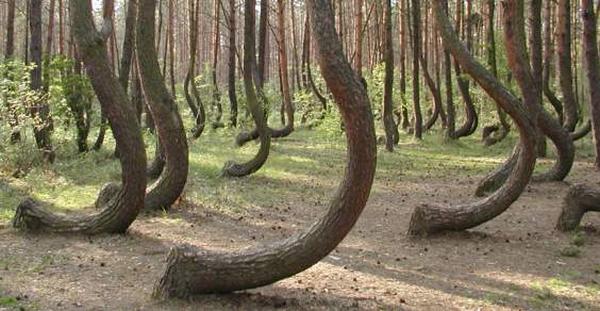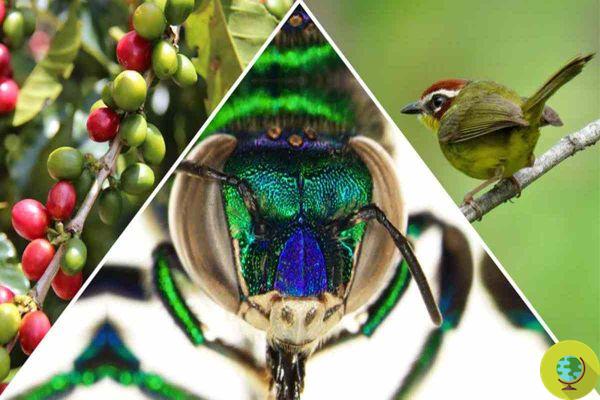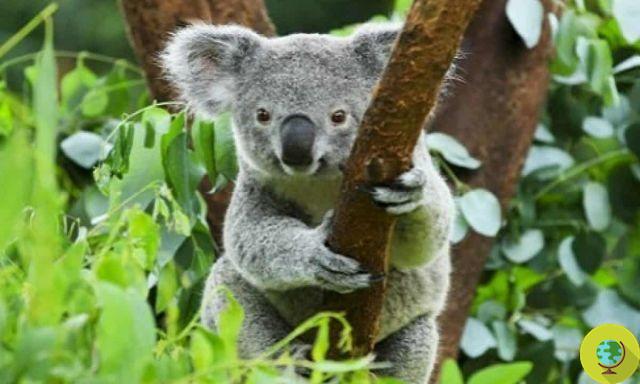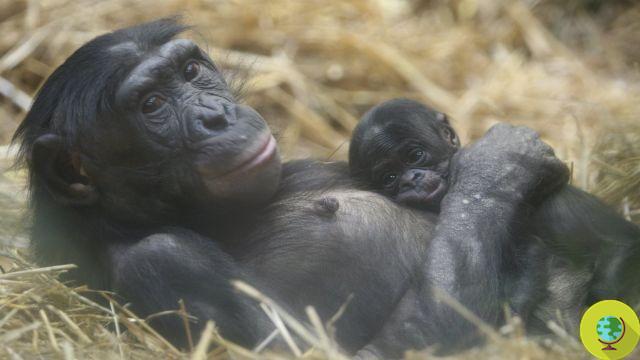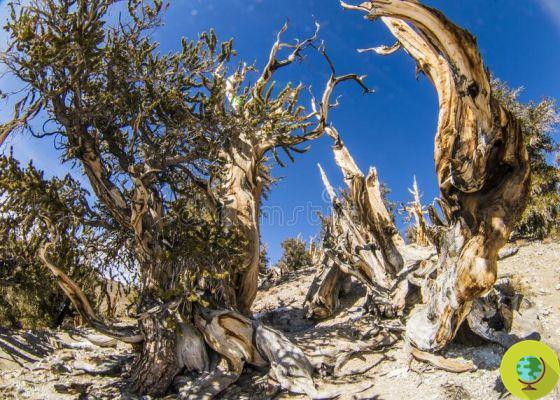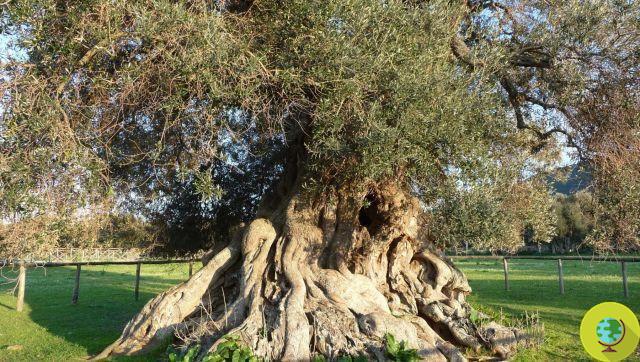
The most majestic old trees in the world are in danger of disappearing and depriving the wild animals and birds that populate the pristine areas of which they are part of their natural habitat. It is the latest alarm raised by scientists regarding the path along death that many ancient trees are sadly already facing.
He is about to end up run over, his mother saves him
The most majestic ancient trees of the world are in danger of disappearing and to deprive the wild animals and birds that populate the pristine areas of which they are part of their natural habitat. It is the latest alarm raised by scientists regarding the path along death that many ancient trees are sadly already facing.
The most recent research conducted in the universities of Australia and the United States and published in the journal Science, speaks of how ecosystems all over the world are at risk of losing the majestic and centuries-old trees that characterize them, if appropriate actions are not taken to protect them.
This is a problem that affects the entire planet closely and affects forests located all over the world, as he explained David Lindenmayer, from the Australian National University, after conducting a major study on the subject. As well as some of the large animals, such as elephants, tigers and cetaceans, appear destined to disappear, even the most imposing trees appear unfortunately subjected to same fate, as the expert pointed out.
The studies were conducted by Lindenmayer in collaboration with colleagues at James Cook University, Australia, and Washington University, in the United States, after examining a series of data relating to Swedish forests and dating back to 1860. They later highlighted the disappearance of large centenary trees at every latitude, in Europe, Asia, Africa, North America, South America and Australia.
Among the trees most at risk are the baobab of Tanzania, i pin in America, the California redwoods and the Australian rowan (Sorbus aucuparia). Studies show that the mortality of the secular trees it is heightened from the point of view of speed, outside the periods particularly characterized by fires in woods and forests.
The disappearance of the large trees was mainly attributed to the climate changes, to the rapid increases in temperatures, because of drought, deforestation due to the procurement of timber and the search for new land to cultivate (although these, as in the case of the Amazon forest, soon turned out to be unsuitable for agriculture).
It's human activities, therefore, the main ones responsible for the disappearance of trees that can be considered as the largest living organisms present on our planet and part of forests that play a key role for ecosystems around the world. Large trees provide shelter and nesting space for at least 30% of the birds and animals found in some terrestrial ecosystems.
In addition, trees put soil nutrients back into circulation and influence the flow of rainwater in the landscape, as well as absorb carbon dioxide returning oxygen of vital importance for the survival of other living beings, which through the berries, seeds, leaves and fruits coming from the same trees, can find their own nourishment. Trees, men and animals are interdependent. However, the only decision-making power regarding their survival lies with us, who should be able to use every possible means to protect them.
Marta Albè
Read also:
– I 10 trees strangest in the world
- Secular sequoias: the 3 trees most impressive in the world




